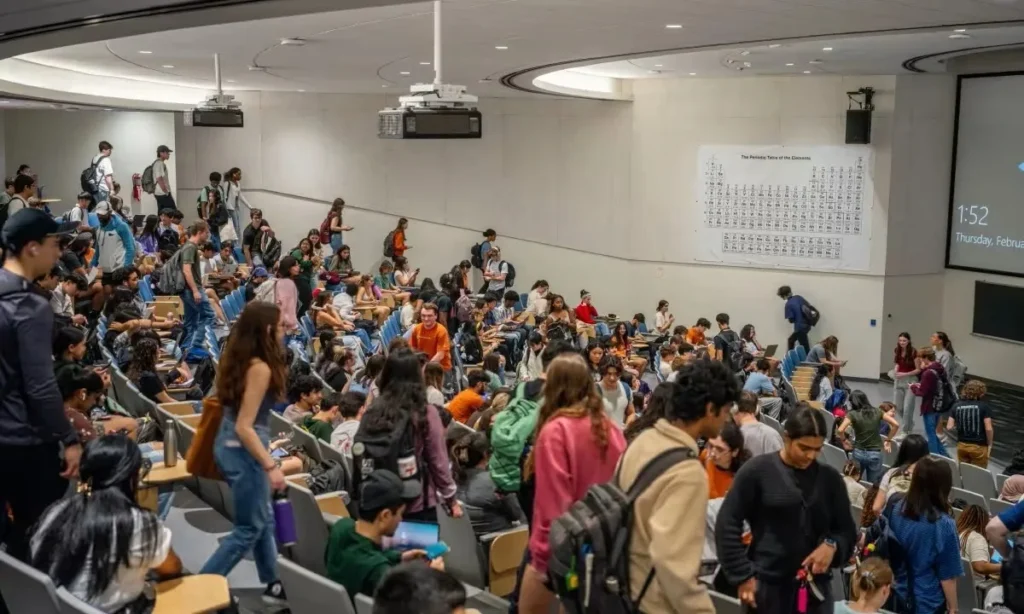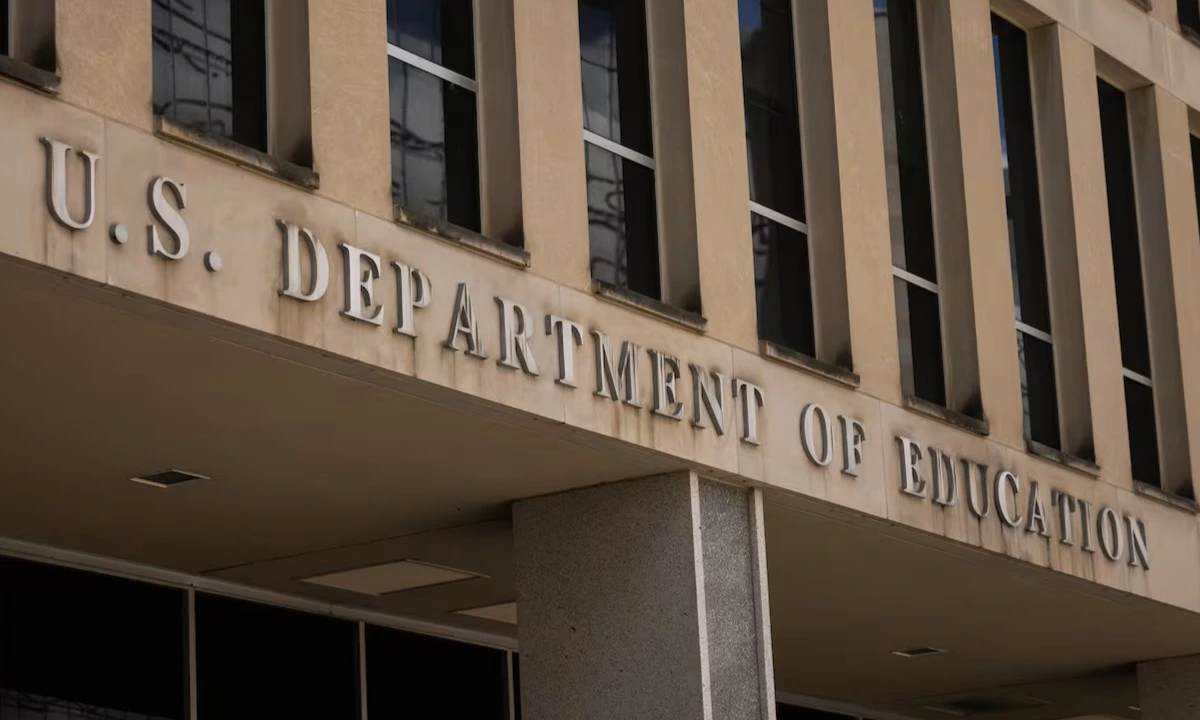If you have student loans, 2025 is shaping up to be a year of big changes. Court decisions, program adjustments, and new repayment rules are affecting millions of borrowers. Knowing what’s happening now can help you stay ahead and avoid surprises with your payments.
Last Round of Student Loan Forgiveness
Earlier this year, the Biden administration completed its final round of student loan forgiveness. Thousands of borrowers had part of their debt canceled, including people who were on Income-Based Repayment plans or who attended schools that closed unexpectedly. In total, millions benefited from billions of dollars in canceled debt. If you’re unsure whether your loans were included, check your account on StudentAid.gov for updates. Forgiveness can significantly reduce your monthly payments and help you plan your finances more confidently.
Repayment and Collections Are Back

After the pandemic pause, the Department of Education restarted collections on defaulted loans in May 2025. This means wage garnishments and other collection actions are once again active. Borrowers in default need to act quickly to avoid additional fees or reductions in take-home pay. The department is reaching out to guide borrowers into repayment plans, but it’s essential to be proactive. Ignoring letters or emails can lead to unnecessary stress and financial penalties.
Interest Is Back on Certain Repayment Plans
Many borrowers who used the SAVE plan are seeing interest start again after a pause earlier this year. This affects millions of borrowers who were previously paying little or no interest. Since some programs like PAYE and ICR are being phased out by 2028, borrowers may need to switch to new plans, such as Income-Based Repayment (IBR). It’s important to act quickly, because missing deadlines or failing to recertify can result in higher monthly payments and more accumulated interest.
Applications for Income-Driven Repayment Are Paused
Right now, the Department of Education has temporarily paused applications and recertifications for income-driven repayment plans. This includes PAYE, SAVE, and ICR programs. The pause is due to legal challenges, which means many borrowers cannot make changes or enroll in new plans until the process resumes, possibly later in 2025. If your application is pending, it’s best to keep checking your servicer’s website and maintain records of your income and payments so you’re ready to act as soon as applications reopen.
Public Service Loan Forgiveness Changes
The Public Service Loan Forgiveness (PSLF) program, which forgives remaining balances after ten years of qualifying payments for public service workers, has also been updated. New rules limit eligibility for certain nonprofit workers, particularly those in controversial or politically sensitive fields. Borrowers working in public service should review whether their job still qualifies for PSLF. Staying informed can prevent surprises when you expect forgiveness and ensure your payments count toward the ten-year requirement.
What Borrowers Should Do Now
Student loans in 2025 require careful attention. Make sure your contact information is updated on StudentAid.gov and your account details with your servicer are current. If you’re in default or have past-due payments, contact your loan servicer to discuss rehabilitation or repayment options. If you’re applying for forgiveness or recertifying a plan, gather your income documents and identification now so you’re ready when applications reopen. Borrowers in public service should monitor PSLF changes closely to ensure they stay eligible.
Student loans remain a major financial factor for millions of Americans, and 2025 is a year of significant transitions. Forgiveness programs have ended, collections have restarted, and repayment plans are shifting. Staying informed and taking action early is key to avoiding penalties and ensuring a smooth repayment process.



